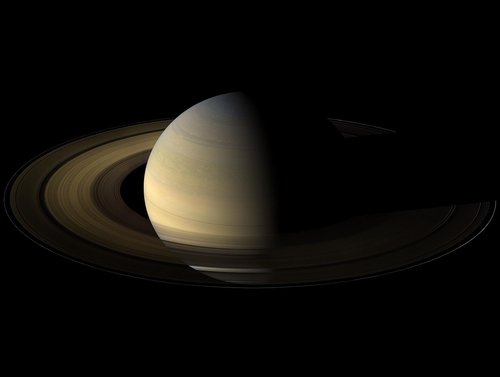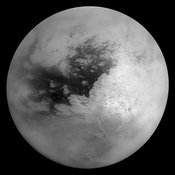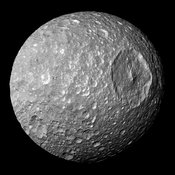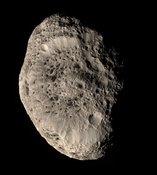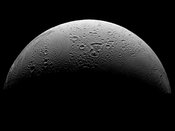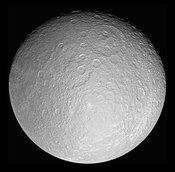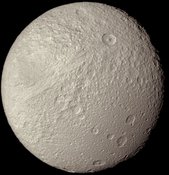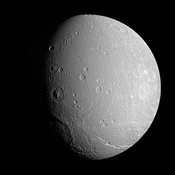Current Info for Observer
as of 05/05/2024 6:19 a.m.
Please login to view current observation details
General Info
as of 05/05/2024 6:19 a.m.
| Type | Planet |
| Constellation | Aquarius |
| Magnitude | 1.19 |
| Orbits | Sun |
| Right ascension | 23:14:55.18 (Hours) |
| Declination | -6:45:14.4 (Deg) |
| % illuminated | 99.804 |
| Distance from Earth | 10.19442AU |
| Distance from Sun | 9.70191AU |
| Elongation | -58:16:05.3 |
| Mass | 95.152 ⊕ |
The ringed | |
☉ Solar Masses ⊕ Earth Masses j Jupiter Masses
Orion 10'' SkyQuest dobsonian
0 points
I brought out the scope for the first time in months to show one of my new housemates Saturn. I think she enjoyed the view. I sure did.
Now that I've been living in Santa Barbara and working as Las Cumbres Observatory for a few weeks I hope things settle down a bit. That'll allow me more time for observing. Hopefully, I'll get a chance to use some of the observatory's equipment as well.
Starblast 4.5
100 points
OK view of Saturn, seeing not so great and looking into the light dome of the city.
Orion XT8
100 points
could see 4 of the 6 satellites of saturn. Titan was the brightest followed by Rhea, Dione, and Tethys.
Orion XT8
100 points
First light observation and very first object seen through new telescope. Amazing to see with your own eyes. Colored bands could be seen along with shadow from the rings. A few divisions could be seen in the rings. Spotted four of it's moons although not able to identify which.
Skyview Pro 120mm EQ
0 points
After a long hiatus due to constant clouds,rain,storms,fog,etc. I finally got a chance to head out and view our ringed lady.
"God loved the planet so much he put a ring on it." -Somebody
It was a bit misty and humid out so my optics fogged up and everything had to be wiped down to get rid of all the dew it collected for the hour I was outside. Overall it was a nice experience to see Saturn for the first time this year, I hope to see it more this year.
Generate a finder chart
The following form will generate a PDF finder chart suitable for printing using to locate objects in the sky with your telescope!
The Date is only really useful for solar system objects, as deep space objects move measurably only on a galactic timescale.
The larger the F.O.V (field of view), the more "zoomed out" the object will appear. It can be helpful to print several charts of the same object with different field of views.
Limiting the magnitude (remember, lower magnitude means brighter!) of stars and objects can make sure your chart is not cluttered with dim objects that you may not be visible to you anyway. The defaults are good, but try experimenting with raising and lowering the values.
Please login to post comments
